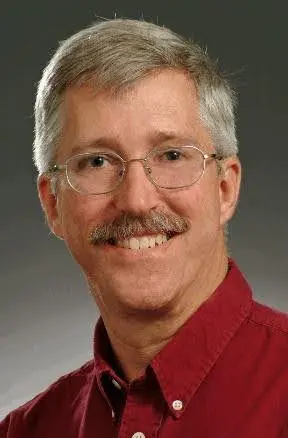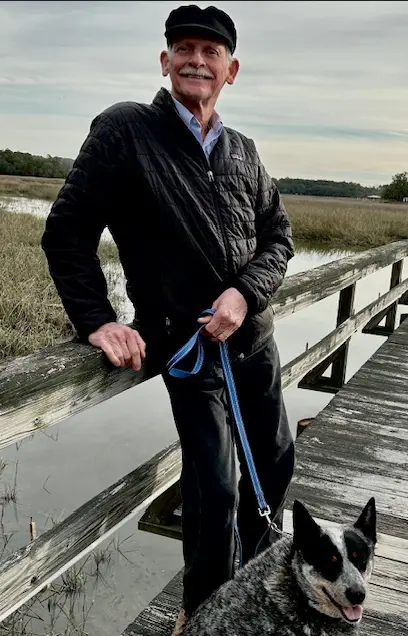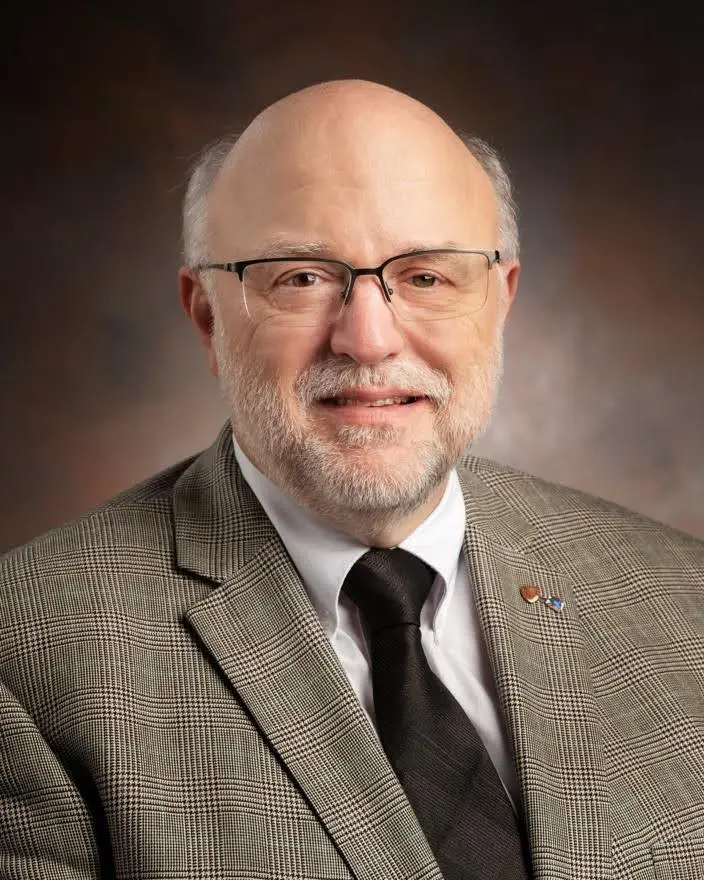We Have One Planet, Let's Protect It For Our Future Generations
Net- Zero is Good, Net-Negative is Better
The Intergovernmental Panel for Climate Change (IPCC) recognizes a need to remove over 500 billion tonnes of CO2 from the atmosphere by 2100. They emphasize the need to get to net-zero very quickly. This effort may be the largest single task ever attempted.
MAKE AN IMPACT
- The clock is ticking. Now more than ever our planet needs our help.
- With our technology, we have the ability to decarbonize the atmosphere at a low cost.
- We will make a positive impact for generations to come with the most efficient system in the biogas upgrading space.
Water is Incredibly Abundant
Water is present from the surface to the mantle of the planet, the continental crust is water saturated from the water table to the mantle
Our System
Transforming Biogas with Low-Cost Aqueous Separation for Sustainable Energy

Water Efficiency
No Exotic Chemicals or Materials; just water Lower Energy Demand, Lower Capital Cost Lowest Cost per Tonne of CO2 Captured

Efficient Purification
Our Low-Cost Aqueous acid gas separation system removes CO2, H2S, and Siloxane from biogas producers

Biogas Boost
Upgrading Your Biogas Using Innovative Aqueous Compression to capture and separate acid gases from non-acid gases
Get in touch
Upgrading Your Biogas Using Innovative Aqueous Compression to capture and separate acid gases from non-acid gases
